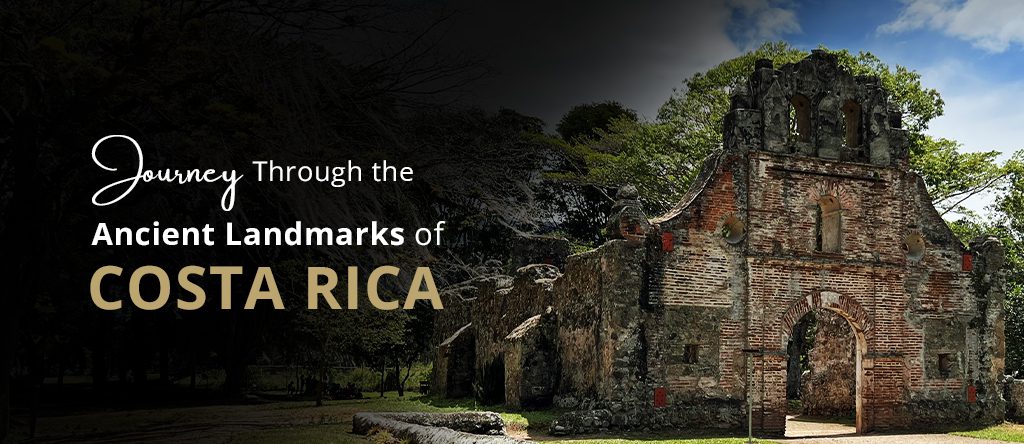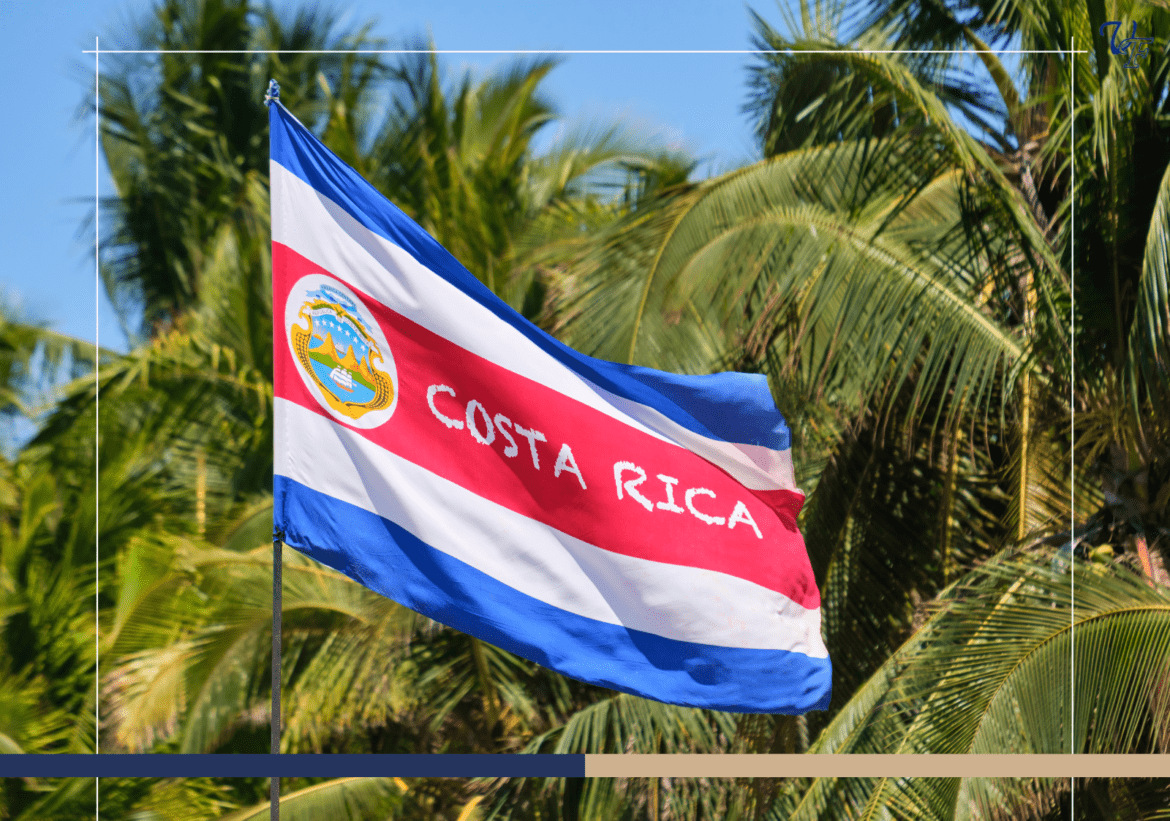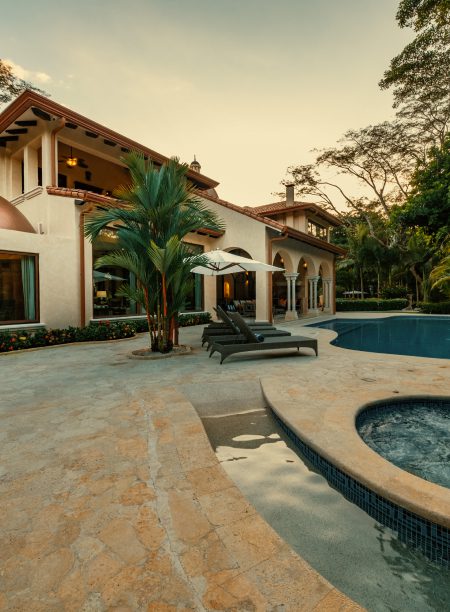Costa Rica is renowned for its remarkable biodiversity, beautiful beaches, and countless archaeological wonders.
Imagine encountering ancient stone spheres in the middle of an impenetrable forest or wandering around the ancient ruins of Costa Rica belonging to one of Spain’s first colonial churches. These represent remnants left from some civilizations that existed long before Europeans came around.
This article is intended to elaborate on the most captivating archaeological sites in Costa Rica, showcasing their historical importance as well as cultural influence.
Overview of Costa Rican Archaeology
Historical Context
The history of Costa Rica is deeply rooted in its pre-Columbian past, where indigenous cultures such as the Chorotega, Nicoya, and Diquis flourished. These cultures developed sophisticated societies with intricate social structures and impressive architectural feats. The arrival of Spanish colonizers in the early 16th century brought significant changes, but the remnants of pre-Columbian civilizations still offer valuable insights into the region’s ancient history.
Archaeological Significance
Numerous archaeological sites in Costa Rica testify to the country’s ancient times. They are visible reminders of the ancient civilization’s creativity and an early encounter with Spanish conquerors.
Listed below are some of the most important ancient sites in Costa Rica, along with their histories and significance.

Top Archaeological Sites in Costa Rica
Many archaeological sites in Costa Rica provide an exciting overview of the country’s history about the past. These sites show the innovation and cultural wealth that characterize pre-Columbian societies and their heritage from Spain’s early years.
Let’s look at the most important archaeological areas in Costa Rica, each with its significance and importance.
Guayabo National Monument
- Description: Guayabo National Monument, built on Turrialba Volcano, is Costa Rica’s largest and most important archaeological site.
- Major Attractions: Among the places of interest are stone foundations, aqueducts, roadways and tombs; they are the finest examples of the ancient engineers’ skill.
- Significance: This place is commemorated for its outstanding building architecture and historical aspects, which enable visitors to witness one of the few pre-colonial civilizations in the world. Guayabo is among the notable historical monuments in Costa Rica.
Finca 6 and the Diquis Spheres
- Description: The enigmatic stone spheres of the Diquis culture are famously situated at Finca 6.
- Attractions: Here, visitors can find variously sized, perfectly rounded stone spheres from the pre-Columbian era, which strike one by the outstanding skills involved in their art of manufacturing.
- Significance: Among many other facts, Finca 6 remains one of the UNESCO World Heritage Sites, representing both the Diquis people’s sophistication in their understanding of life and their expertise in creating such art pieces that still puzzle researchers to date.
Las Mercedes
- Description: Near Guapiles, ancient people stayed at Las Mercedes, thus providing important historical information about the area.
- Highlights: Las Mercedes features stone structures, graves, and multiple objects that help visitors learn about the past social and political organization of Costa Rican societies.
- Significance: The importance of Las Mercedes enables visitors to comprehend how the first people who lived there organized themselves culturally and socially. It’s one of the key Costa Rican historical sites.
Ujarras Ruins
- Description: The Ujarras Ruins are the remains of a very old Spanish Colonial church in Costa Rica, surrounded by planned gardens.
- Main Points: At this site, visitors will observe earlier Spanish colonial history and architecture without being disturbed by noise.
- Significance: This notable Costa Rican historical landmark proves the significance of Spanish colonization in this area early on.

Orosi Church & Religious Art Museum
- Description: Inaugurated in 1743, Orosi Church is Costa Rica’s oldest operating church.
- Highlights: This church includes adobe walls, an elaborate interior design, and a religious museum.
- Significance: The church is a significant Costa Rican historical place, representing its colonial religious past and architecture and preserving valuable dimensions of its cultural heritage. For those seeking the best places to visit in Costa Rica for cultural experiences, the Orosi Church offers an insightful look into the country’s religious and architectural history.
El Farallon National Monument
- Description: The cliff-side petroglyphs and carvings are famous.
- Highlights: You will find the earliest rock art showing different symbols and human figures, giving insights into the spiritual and daily practices of the primitive people.
- Significance: It helps visitors understand more about the use of symbols and art by old inhabitants of Costa Rica. It is one of the fascinating historical sights in Costa Rica.
Rivas
- Description: The Rivas site contains many petroglyphs and pre-Columbian rock carvings.
- Highlights: Detailed carvings of animals, humans, and geometric patterns are highlighted.
- Significance: These carvings provide more insights into the artistic and cultural practices of ancient societies in the region. It’s an example of ancient Costa Rica’s ruins.
Practical Tips for Visiting Archaeological Sites in Costa Rica
Visiting the archaeological sites in Costa Rica is a wonderful experience that teaches you more about the area’s deep history and culture. For those seeking the top 10 adventures to enjoy in Costa Rica, exploring these ancient sites offers a thrilling journey into the past.
However, serious preparations should be made for visitors to have a good, engaging, and educational visit, and good conduct should be maintained when visiting such important historical sites.
Here are some practical tips to help you plan and enjoy exploring Costa Rica’s archaeological marvels.
- Look into things beforehand: Familiarize yourself with the historical significance of each site before visiting so that you can understand it better and not just see parts of it.
- Hire a local guide: They will make your experience more enjoyable because they can tell you a lot about the place in historical terms and other aspects that you may not know otherwise.
- Respect the Sites: To maintain the integrity of these historical buildings in Costa Rica, following all rules and regulations and avoiding touching or climbing on any ancient structures is essential.
- Pack Essentials: You will need to bring water, sunscreen, insect repellent, and comfortable walking shoes on this trip. Many of these spots are outdoors, so you may have to walk over rough ground surfaces.
- Visit During Off-Peak Hours: To avoid crowds and enjoy a more serene atmosphere, visit early in the morning or late afternoon.
- Stay Informed on Accessibility: Limited accessibility at some locations might be due to their geographical location or terrain type.
- Combine Visits with Nearby Attractions: When planning your 5-day Costa Rica itinerary, remember to include other attractions or natural parks close to your destination. These offer a journey that provides profound cultural insight.

Conclusion
Visiting the archaeological sites in Costa Rica is like stepping into the rich and diverse history of the region.
From the astonishing structures of Guayabo to the puzzling Diquis spheres, visiting any of these places offers an exciting insight into what happened before. These sites not only demonstrate the skillful craftiness of various ancient communities but also help clarify the cultural background of Costa Rica.
Visiting these sites allows one to connect with the country’s ancient past and appreciate the notable legacy of its early inhabitants. Make sure you pack the necessities, respect these places, and begin your journey through these archaeological wonders, which are bound to be memorable forever.











